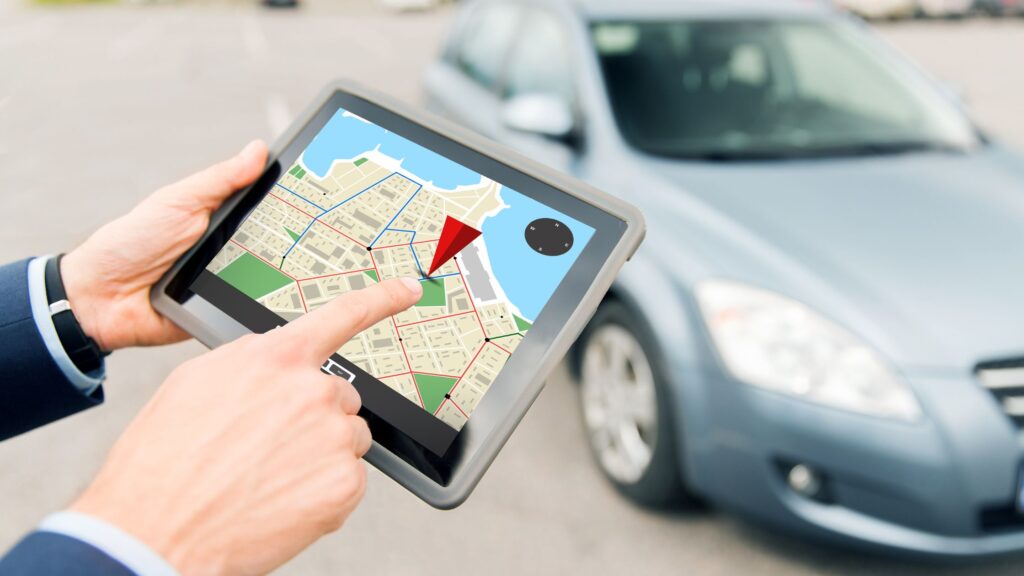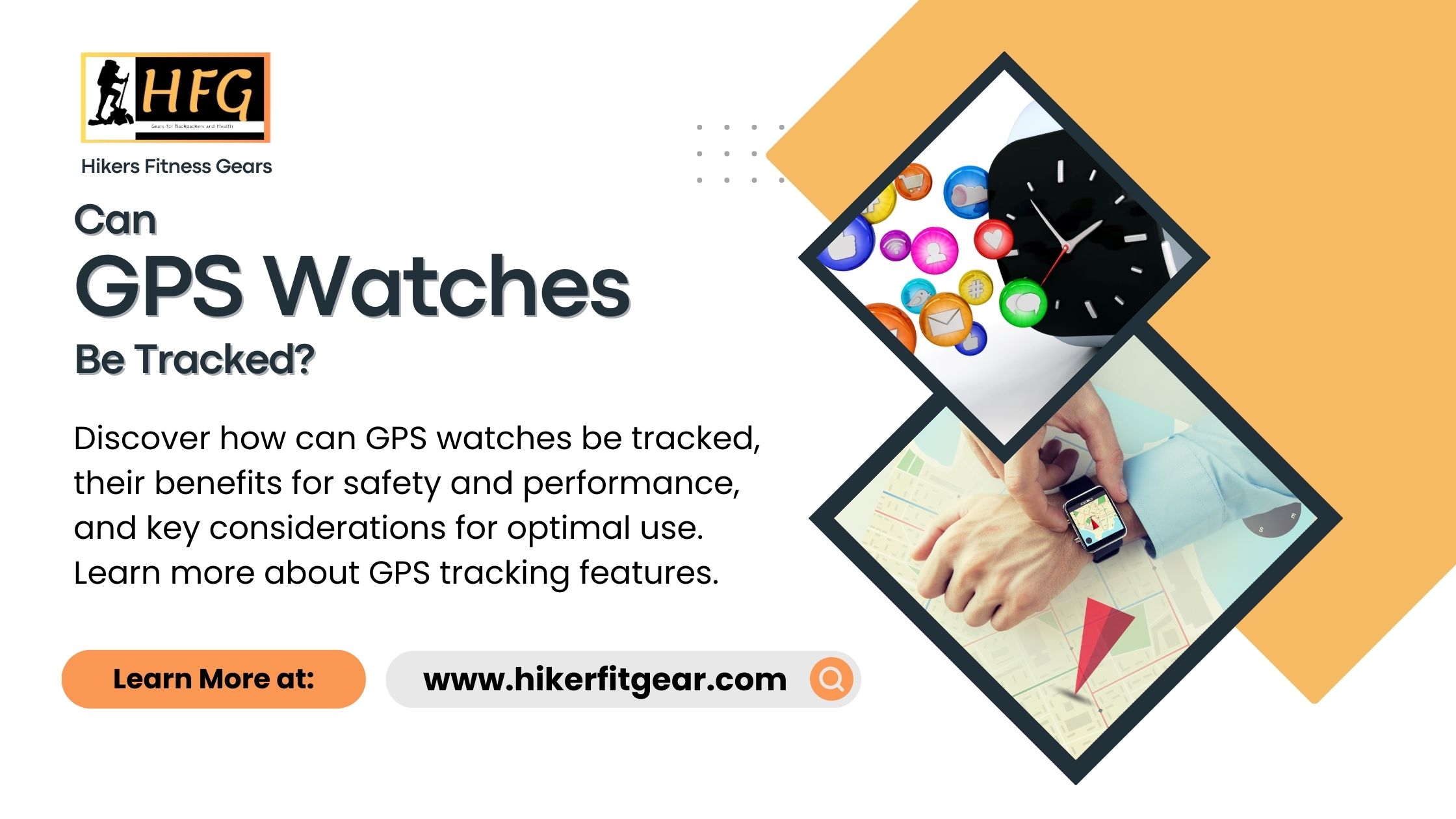Can GPS Watches Be Tracked?
Introduction
With the growing popularity of GPS watches for various activities, from running to hiking, an important question arises: Can GPS watches be tracked? Understanding the tracking capabilities of these devices is crucial for safety, performance monitoring, and personal security. This blog post delves into the tracking features of GPS watches and their implications for users.
Table of Contents
What This Post Covers
In this post, we will explore the tracking functionalities of GPS watches, how they work, and what aspects they involve. We will also discuss why tracking is important, how it differs from other similar technologies, what to look out for when using GPS tracking, and answer some frequently asked questions.
What is GPS Tracking?
GPS tracking involves using the Global Positioning System to determine and record the precise location of a GPS-enabled device over time. This technology is embedded in GPS watches, allowing them to log and report the wearer’s movements, route, speed, and other location-based data.

What Does GPS Tracking Involve?
Key Aspects of GPS Tracking:
- Real-Time Location: Provides the current position of the GPS watch.
- Route Logging: Records the path taken over a period.
- Speed and Distance: Measures how fast and how far the user has traveled.
- Geofencing: Creates virtual boundaries that trigger alerts when crossed.
- Emergency Assistance: Some watches can send distress signals with location data.
Why is GPS Tracking Important?
Benefits of GPS Tracking:
- Safety: Enables tracking of individuals in case of emergencies or getting lost.
- Performance Monitoring: Helps athletes and fitness enthusiasts analyze their workouts.
- Navigation: Provides route guidance and prevents wrong turns.
- Accountability: Allows loved ones to know the whereabouts of children or elderly family members.
- Security: Assists in recovering lost or stolen devices.
Can GPS Watches Be Tracked?
Yes, GPS watches can be tracked. This capability allows users to monitor their location in real-time, review their route history, and share their location with others. Modern GPS watches come equipped with advanced tracking features, making them indispensable for activities like running, hiking, and outdoor adventures. Key considerations when using GPS tracking include privacy settings, battery life, and the accuracy of the GPS signal.
These devices are equipped with advanced tracking features that make them invaluable for outdoor activities and personal safety. Important considerations include managing privacy settings, optimizing battery life, and ensuring signal accuracy for the best tracking performance.
Why is GPS Tracking Different from Other Similar Technologies?
GPS tracking in watches is specifically designed for continuous location monitoring and detailed performance analysis, which distinguishes it from simpler location services found in basic fitness trackers or smartphones. Unlike general location services, GPS watches provide precise, real-time data, and advanced navigation tools, and are built to withstand various environmental conditions, making them ideal for active and outdoor use.
Things to Look at for When Dealing with GPS Watches Tracking
Practical Tips:
- Privacy Settings: Adjust settings to control who can see your location.
- Battery Management: GPS tracking can drain the battery quickly, and manage settings to extend life.
- Signal Accuracy: Ensure your watch has a clear line of sight to the sky for the best signal.
- Emergency Features: Familiarize yourself with any emergency assistance features your watch offers.
- Data Synchronization: Regularly sync your watch with companion apps for accurate data analysis and storage,

Conclusion
GPS watches offer robust tracking capabilities that enhance safety, performance monitoring, and navigation. Understanding how GPS tracking works and the benefits it provides can help users make the most of their devices while ensuring their privacy and security. Whether for athletic training, outdoor adventures, or everyday use, GPS watches prove to be valuable tools.
GPS watches offer powerful tracking capabilities that provide real-time location data, performance metrics, and enhanced safety features. These watches are indispensable for outdoor enthusiasts and athletes, offering precise navigation and valuable insights into their activities. By understanding how GPS tracking works and managing key aspects like privacy settings and battery life, users can fully leverage the benefits of their GPS watches while ensuring their security and efficiency. Whether for training, navigation, or safety, GPS watches are versatile tools that significantly enhance the user’s experience.
Frequently Asked Questions:
Q1: Can someone else track my GPS watch without my permission?
A: Generally, no. Most GPS watches require user consent and proper authorization to share location data. It’s important to review and manage privacy settings.
Q2: How accurate is GPS tracking on watches?
A: GPS accuracy can vary but is generally precise within a few meters. Factors like signal obstruction and environmental conditions can affect accuracy.
Q3: Does GPS tracking affect battery life?
A: Yes, continuous GPS tracking can significantly reduce battery life. Many watches offer power-saving modes to mitigate this.
Q4: Can GPS watches be used for navigation?
A: Absolutely, many GPS watches include navigation features such as route planning, turn-by-turn directions, and breadcrumb trails.
Q5: What should I do if my GPS watch is lost or stolen?
A: Use the watch’s tracking features, if available, to locate it. Report the loss to the manufacturer and local authorities, and disable the device remotely if possible.

My name is Oje and I’m obsessed with finding the latest tech gear to help people track progress and solve problems more efficiently. I spend countless hours researching and testing innovative apps, wearables, and devices for fitness, health, productivity, and more.
